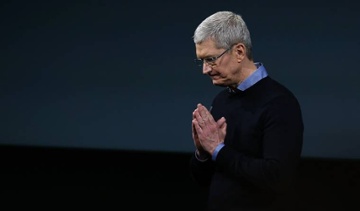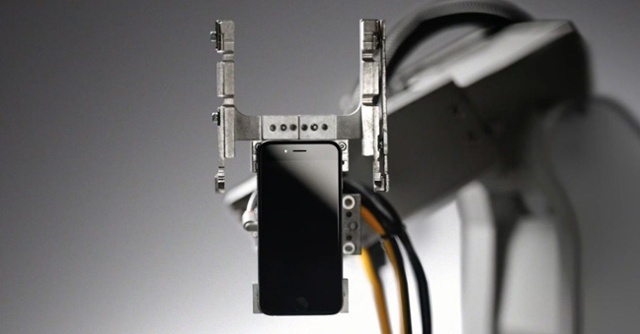People from around the world tuned into the latest updates from the mobile mogul. The announcements ranged from social initiatives to the upcoming release of the new iPhone SE though there was no sign of any revolutionary change.
Privacy
Apple CEO Tim Cook kicked off the live-streamed reveal of its new class of products and updated features, most notably the iPhone SE. After initially addressing the recent dispute with the U.S. government, Cook thanked the public who have supported Apple in the privacy battle. Cook also pledged to continually protect customers’ privacy moving forward.

iPhone SE
The new iPhone SE will be the most affordable iPhone to date at $399 and $499 for the 64GB. It contains an A9 chip, it has faster wifi than the 5s, ApplePay and a 12-megapixel camera with true tone flash, a new image signal processor and panorama photography up to 63MP. All of these features can be found in the imposter form of a 4-inch, 5s-style phone. Additionally, 3D touch was nowhere to be found in the SE. iOS developer Florian Harr says, “Personally I can’t understand Apple’s decision to exclude that technology in their budget phone as it would have pushed adoption of 3D Touch.”
The overall developer takeaway? The 4-inch screen isn’t going away anytime soon. Developers must maintain an understanding and visual conception of apps on a small screen. It is still necessary to create an app that is visually appealing on both a 4-inch screen as well as the variety of larger screens available across multiple devices.
iPad Pro
Apple introduced the newest iPad during today’s event, dubbing it the iPad Pro. This smaller 9.7-inch retina display device flaunts 40% less reflectivity and 25% less brightness than the iPad Air 2, a night shift feature, true tone display and a pro-audio system with 4 automatically adjusted speakers. It weighs less than a pound and supports the Apple pencil stylus. You can buy a 32GB version for $599.
CareKit
On the R&D side, Apple was proud to present its newest improvement in healthcare – the launch of the CareKit. This product follows the release of the ResearchKit which was a tool to help healthcare companies leverage their research and data collection. For example, Duke University used the ResearchKit to create an app that allows the iPhone to be used as a screen for autism. The CareKit, however, will provide improved treatment and healthcare, holding patients accountable for their continued care.
With regards to our developer audience, the ResearchKit is perhaps the most useful resource to come from today’s set of announcements. The good API and functional accessibility will undoubtedly pave the way for building new and exciting features in the realm of healthcare.
Liam
Lisa Jackson, VP of Environment, Policy and Social Initiatives at Apple, highlighted the company’s current progress towards 100% renewable energy, stating their current status is 93% and growing toward the use of entirely renewable energy. They’ve strengthened their numbers by installing solar panels in both a province in China and atop a series of buildings in Singapore. But, most importantly, Jackson introduced Liam, a robot that deconstructs iPhones and separates potentially harmful parts to dispose of properly, while recycling reusable parts.

Apple introduced other improved features, additional options for the Apple Watch and highlighted aspects of the newest update as well. But, despite the obvious advancements in functionality and application, Apple failed to produce anything completely new, instead they focused on tweaking their previous devices to satisfy a broader audience. The tech giants, however, continue to set the precedent for the mobile atmosphere, putting pressure on lead competitors and consistently innovating even the minor details of their products.
Like our thoughts on the 2016 announcement? Check out what our developers thought about the 2017 WWDC conference.
